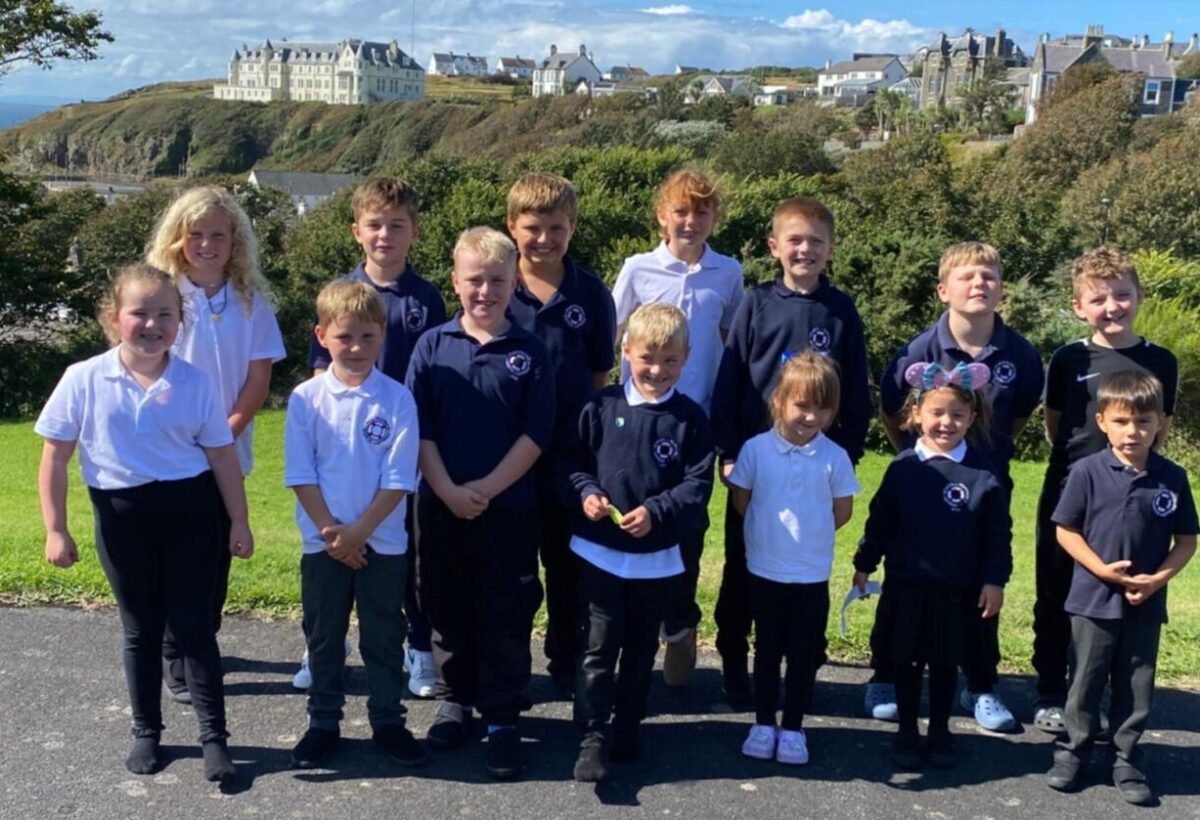P4-7 put on their scientific ‘Xplorers’ heads to design and experiment with energy. The children discussed forms and conservation of energy. Even though some forms of energy are not visible to the naked eye, we used a specialist thermal imaging camera to see sources of heat energy in the classroom. Lee is all aglow, as you can see and Alba’s glasses are insulators that don’t generate heat.
The children then moved on to a construction task to follow schematic diagrams to build a dynamo to generate electricity to light a bulb. They used a multimeter to measure the voltage generated when they turned the wheel. The highest consistent reading was 6V by Rhian.
Next, the boys and girls worked with gears and pulleys to enhance their dynamos and increase their turning speed. There were many designs that were modified in light of experience. Rhian came up with a simple, 2 cog design that proved very effective. Isabella and Ruby used this design to generate 17.9V when they turned the larger wheel cog handle. Some used batteries and toothed gears to turn their cogs automatically.
The lesson moved on to the children undertaking a complex construction challenge of assembling either a wind or water turbine. They had to work hard using their soft skills of sharing, cooperation, discussion and review to complete the model. Once the working models were completed the pupils tested them to see how much electricity they would generate. A hairdryer was used to turn the wind turbine sails and a running tap was used to spin the water buckets on the water turbine. The water turbines generated more electricity because of the stronger force of the running water; approx 7V whilst the wind turbines generated approximately 3V.
The final challenge of the day was to build a solar powered vehicle. Everyone worked together to follow the instructions. We held solar car races to see which vehicle travelled the fastest with a light source.
The children had a fantastic learning day exploring renewable sources of energy through engineering challenges.
Computer Xplorers sessions recognise the four capacities identified in the Curriculum for Excellence and aims to help children become successful learners, confident individuals, responsible citizens and effective contributors. Our thanks to John for delivering a wonderfully educational workshop.

